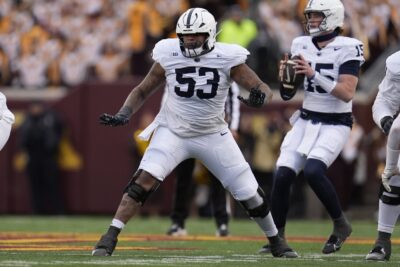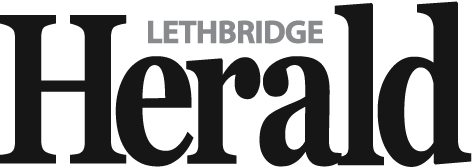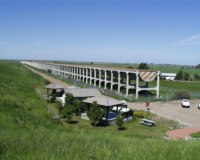Trump signs executive order seeking to clarify college athletes’ employment status
By Canadian Press on July 24, 2025.

WASHINGTON (AP) — President Donald Trump on Thursday signed an executive order mandating that federal authorities clarify whether college athletes can be considered employees of the schools they play for — attempting to create clearer national standards for the NCAA’s name image and likeness program.
The move comes amid a dramatic increase in the money flowing into and around college athletics. It also follows key court victories won by current and former athletes angry that they were barred for decades, both from earning income based on their celebrity and from sharing in the billions of revenue they helped generate.
Facing a growing number of state laws undercutting its authority, the NCAA in July 2021 cleared the way for athletes to cash in with name, image and likeness deals with brands and sponsors.
That came mere days after a 9-0 decision from the Supreme Court that found the NCAA cannot impose caps on education-related benefits schools provide to their athletes because such limits violate antitrust law.
Trump’s action directs the secretary of labor and the National Labor Relations Board to clarify the status of collegiate athletes through guidance or rules “that will maximize the educational benefits and opportunities provided by higher education institutions through athletics.”
The NCAA’s embrace of NIL deals set the stage for another massive change that took effect July 1: The ability of schools to begin paying millions of dollars to their own athletes, up to $20.5 million per school over the next year. The $2.8 billion House settlement shifts even more power to college athletes, who have also won the ability to transfer from school to school without waiting to play.
The NCAA has been lobbying for several years for limited antitrust protection to keep some kind of control over this new landscape — and avoid more crippling lawsuits — but a handful of bills have gone nowhere in Congress.
The 1,100 universities that comprise the NCAA have insisted for decades that athletes are students who cannot be considered anything like a school employee.
This stance has long been a part of the amateur model at the heart of college athletics, but that model is rapidly being replaced by a more professional structure fed by money that is coming from donors, brands and now the schools themselves.
Some coaches have even suggested collective bargaining is a potential solution to the chaos they see.
It is a complicated topic: Universities would become responsible for paying wages, benefits, and workers’ compensation and schools and conferences have insisted they will fight any such move in court (some already have).
While private institutions fall under the National Labor Relations Board, public universities must follow labor laws that vary from state to state and it’s worth noting that virtually every state in the South has “right to work” laws that present challenges for unions.
___
AP college sports: https://apnews.com/hub/college-sports
Will Weissert, The Associated Press
18-17




